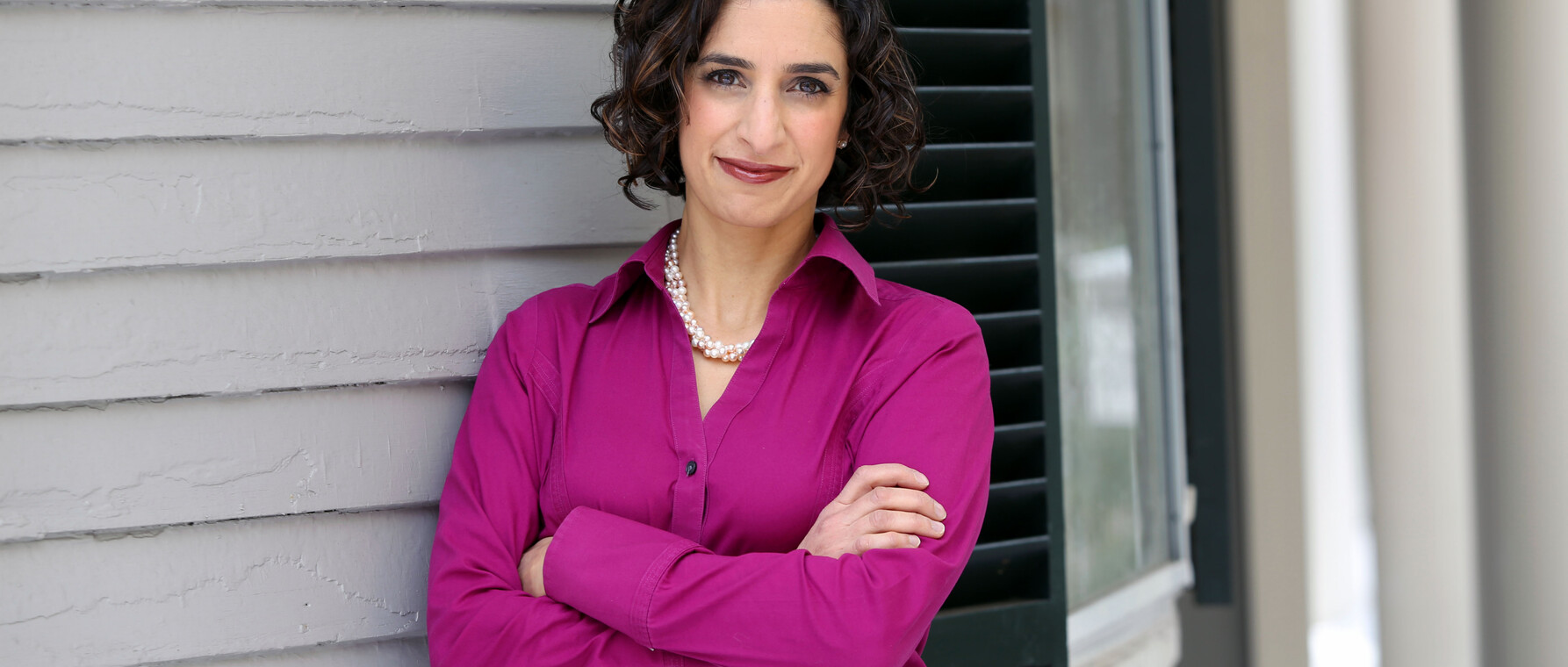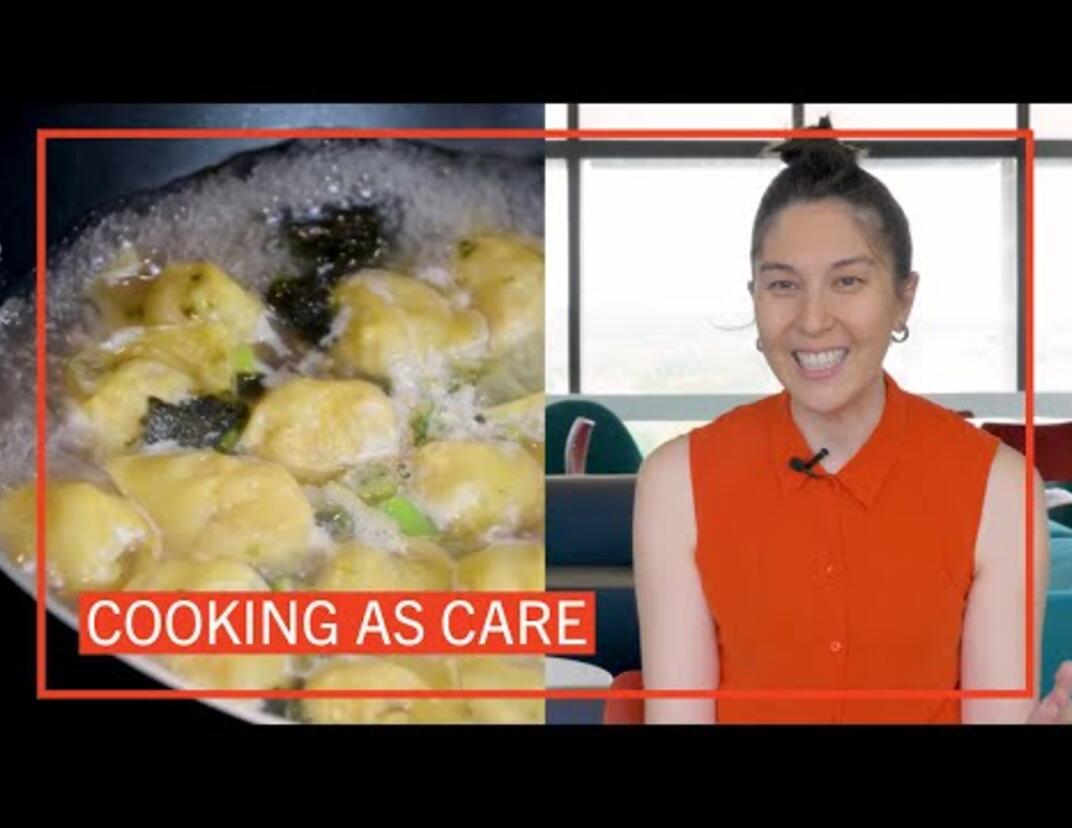Can We Talk about Diversity?
In her new book, The Diversity Bargain and other Dilemmas of Race, Admissions, and Meritocracy at Elite Universities, Natasha Warikoo looks to spark debate about diversity and fairness in higher education.

When Natasha Warikoo, PhD ’05, sociology, moved to the United Kingdom to teach at the University of London, she was surprised by the conversations her students weren’t having. While discussions of race and access to higher education were common at Brown University, where Warikoo had been an undergraduate, those conversations were conspicuously absent in the UK. “When I was an undergraduate at Brown, there was an explosion of talk about these issues, and it really shaped the way I think,” she says. Warikoo wondered not only whether students in the United Kingdom thought about these issues but also whether students in the United States felt as she did. “I became curious about what diversity means to students, comparing students in Britain with those at Brown and Harvard,” she shares. “I wanted to know how they think about race. How they think about selection and what’s a fair system. How they explain the underrepresentation of Black students on campus, and whether they believe that is a problem a university should address.”
Opening the Doors to Higher Education
During the civil rights era of the 1960s, many American institutions of higher learning sought to increase the number of minorities enrolled at their institutions.
“In the early 1960s, some elite universities took cues from early civil rights protests and wanted to be leaders in terms of race in the United States,” says Warikoo, now an associate professor of education at the Harvard Graduate School of Education. “They began opening doors to African Americans in particular, and their efforts grew throughout the decade.”
While these institutions initially took a social justice stance designed to correct the inequities of the past, their methods, particularly the use of quotas, came under increasing legal attacks. In the late 1970s, the Supreme Court delivered the Bakke decision, which upheld affirmative action on the basis that it creates a diverse learning environment for students. That decision laid the foundation for how affirmative action is interpreted today.
An Enrichment Opportunity
Research shows that the impact of affirmative action extends beyond the diverse makeup of an incoming class of students. “Data show that everyone benefits from participating in a racially diverse learning environment,” says Warikoo. She points to how such environments enable conversations about identity or ethnicity among students and at an institutional level, and how, for many in the United States, these conversations can form an integral part of the academic experience. But not all countries foster this environment.
After interviewing students in the United Kingdom and the United States, Warikoo found that while American students make racially insensitive remarks less frequently than their British counterparts, both groups internalize meritocratic assumptions. Even in conceding that race and class can limit access to elite institutions, students still assume that they had been admitted on merit alone. They also embrace a distinctive “diversity bargain.” That is, they value social and racial diversity primarily as a sort of personal enrichment opportunity—but discount the need to address underlying inequities that limit minority access to a college education.
A Conversation Worth Having
Warikoo published her findings in The Diversity Bargain and Other Dilemmas of Race, Admissions, and Meritocracy at Elite Universities (University of Chicago Press, 2016) and hopes that the book sparks a conversation about diversity and the fairness of the higher education system. She believes educators, administrators, and students need to have a more direct conversation about who is being excluded from elite institutions and how racial inequality is addressed in American society. “Many in the United States have understood all along that we have a serious race problem in our society,” she says. “I think there is a growing commitment to addressing these concerning issues.”
Warikoo believes that students should be encouraged to grapple with the issues and, like her, be influenced by the ensuing conversations. “The ways in which we talk about issues are very consequential for young people because they are our future leaders. They’ll make decisions about hiring and more,” she says. “What will they consider a fair system of selection? How will they measure the best candidate?”
The issue of race and access to higher education doesn’t stop at an admissions counselor’s desk. Warikoo believes that students who can have a fluent conversation about these larger issues will be better prepared to tackle them in all corners of society, from public policy to the media. “These are the people who will shape the way that we talk and think about race,” she says. “It’s important that young people develop an understanding of historical and contemporary racial inequality in American society.”
Get the Latest Updates
Join Our Newsletter
Subscribe to Colloquy Podcast
Simplecast





